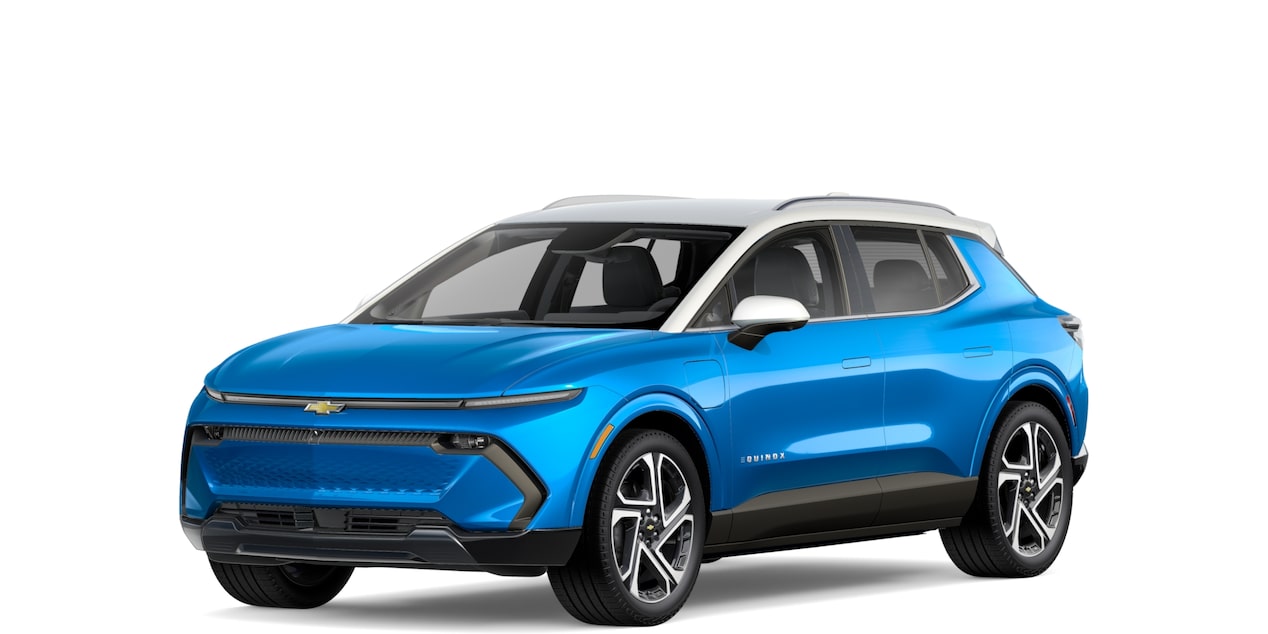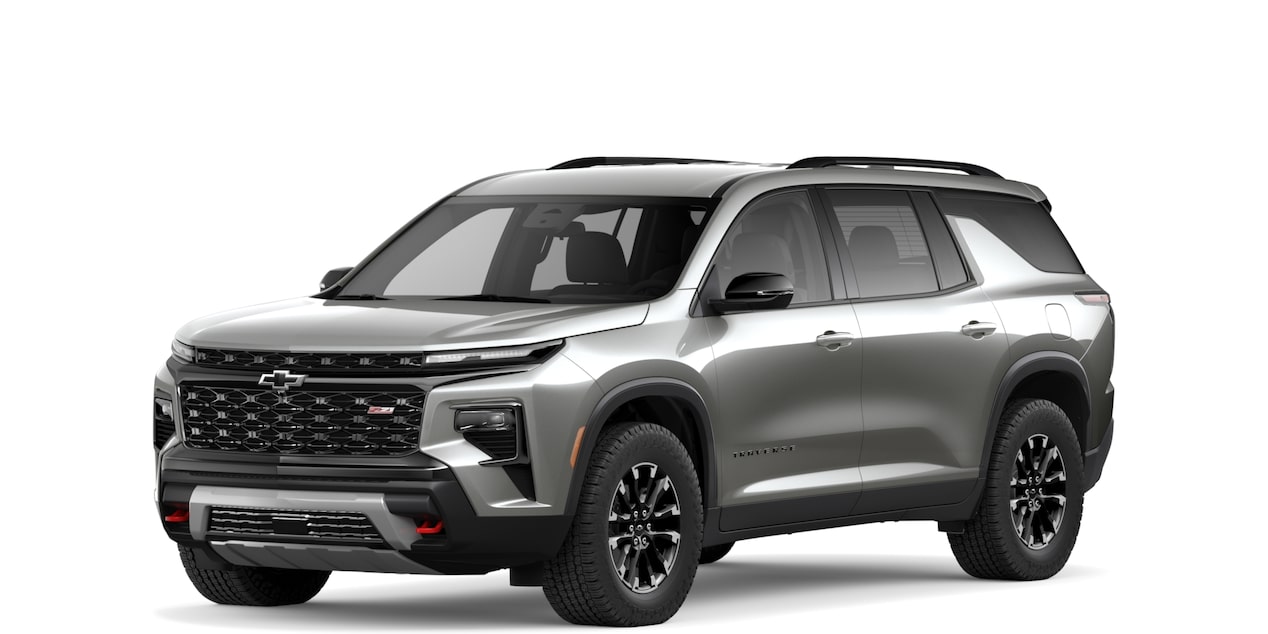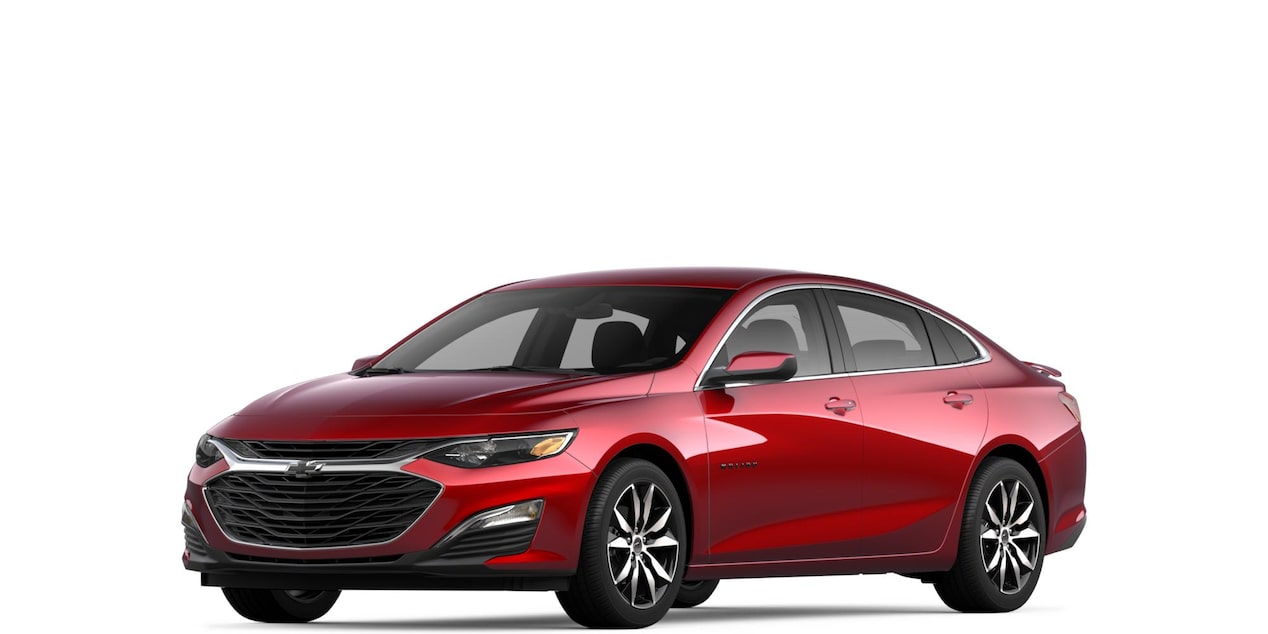How to take care of your electric vehicle (EV) battery
Most GM electric vehicles (EVs) are powered by batteries that are designed to last as long as the propulsion systems on gas-powered vehicles.
Unlike a gas-powered vehicle’s engine, which requires regular maintenance like changing the oil every few thousand miles, GM EV batteries are designed to require no maintenance. However, you can maximize your GM battery’s life by following a few basic habits.
Getting started with EV battery maintenance
1. GM has designed its batteries to withstand normal vehicle use without any maintainance of the battery. However, there are still some basic best practices you can follow to help you maximize your vehicle’s performance over its lifespan.
EV battery do’s and don’ts
1. If possible, plug in your EV when you’re not driving.
a. EV batteries can be sensitive to temperature changes, but if it’s plugged in, the battery can draw power to maintain the right conditions inside the battery to help keep it healthy and maximize performance.
i. For example, if there’s a sudden drop in temperature overnight, the cold temperature can negatively affect your EV’s range. But if your EV is plugged in, it can draw power from the grid to warm itself up and avoid losing driving range.
ii. When your EV is plugged in, you can precondition the cabin before your drive so the cabin temperature is more comfortable.
2. Set your target charge level at 80% and set a departure time in your EV’s Charging app.
a. This will help make sure your EV is ready and charged when you need it.
i. Electric vehicle batteries charge faster at lower states of charge. Your vehicle's rate of charging will start slowing down as your battery fills up, especially above 80% charge. To make your charging stops shorter and more efficient, it often makes sense to stop charging around 80%.
ii. Charging your battery to 80% for daily use helps promote battery health and optimal regenerative braking performance.
iii. For longer trips, you can adjust your charge above 80% for extended range.
3. Use DC fast public charging when necessary, but keep in mind that regularly doing so back-to-back (without a rest in between) can degrade the battery a little faster than AC charging at home.
Learn more about Charging in Public and Charging at Home.
For your security, please don’t include personal info such as phone number, address or credit card details.
Q&As
Looking for something else?
Need more help?
Communicate with one of our specialists.
To find out if your vehicle has this feature, contact your dealer or refer to your vehicle’s equipment list. Please check your Owner’s Manual for more information about features.


































